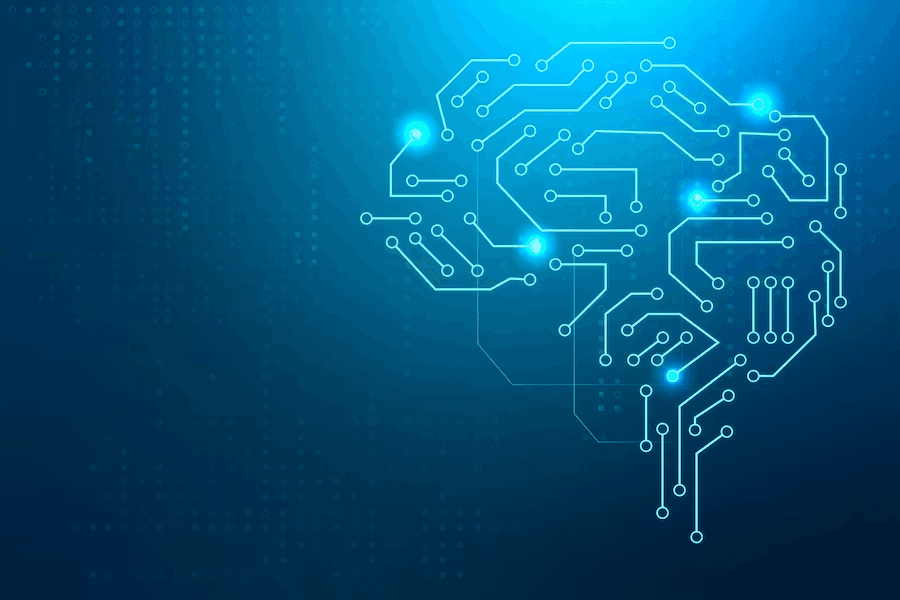Product

Genify
Mar 16, 2023
4 min read
Bank transaction categorization is a systematic process that analyzes banking transactions, categorizing them into granular categories according to their purpose. These categories can include bills, loans, food, pharmacies, and travel – to mention a few. Such categorization enables users of banking applications to track their spending habits and banking behaviors. Banking transaction categorization is especially beneficial with open banking applications as they allow users to reach their banking activity and information from different banking accounts via a single interface.
On the other hand, banking institutions gain accurate insights and better understand customer behavior and trends, allowing them to provide customers with targeted financial products and services. Additionally, bank transaction categorization machine learning provides users and providers with financial analytics, enabling the provision of financial advice when attempting to take loans and making significant financial decisions.
That said, categorize bank transactions is essential in traditional and open banking. That is why open banking players in the MENA region and worldwide work towards improving banking and data transaction categorization with machine learning and natural language processing. Continue reading for more details.
What Is Machine Learning?
Broadly speaking, machine learning is an area of artificial intelligence (AI) focusing on computer systems development. This (AI) technology can learn and improve from given data, such as banking information and transaction data, enabling it to identify data patterns and trends. Machine learning operates without being explicitly programmed, eliminating the need to describe rules manually and update and amend them, saving time and effort.
Machine learning technology is utilized in various applications, including smart personal assistants, facial recognition programs, and bank transaction categorization.
How Does Machine Learning Work?
Machine learning’s primary function is to understand data and recognize patterns within the large data sets it is provided with. Each machine learning algorithm is designed to learn from and improve on this data, making predictions based on identified patterns. This predictive capability allows machine learning to enhance bank transaction categorization.
Machine Learning for Bank Transaction Categorization
Bank transaction categorization is challenging to maintain without machine learning algorithms. That is due to the extensive information making up the database, making it hard to manually write the rules upon which categorization is carried out. Additionally, the described rules need to be updated, amended, and even deleted at times, requiring significant manual effort.
Machine learning algorithms can also be trained to recognize patterns in transaction data and automatically assign the correct category to each transaction based on its details, such as merchant name transaction amount, and date. This elevates bank transaction categorization, making the process faster, more efficient and accurate, and easily maintained, avoiding gaps or errors in categorization.
In other words, machine learning plays a vital role in the following areas:
Coverage
Data covered and analyzed by machine learning is more extensive.
Accuracy
Algorithms enhance the accuracy of categorization.
Number of Categories
With accurate classification, the categories are more granular and valuable for end users.
Categorization Speed
Classification becomes faster without compromising accuracy and correctness.
Maintenance Frequency
With automated and trustworthy categorization, maintenance is carried out infrequently.
What Is Natural Language Processing?
Natural language processing (NLP) closely matches human intelligence, making it vital in many applications, such as bank transaction categorization. NLP systems process unrestricted natural language input from humans so that machines can interpret it accurately and effectively.
NLP enables machines to understand words just like a person naturally would, which is achieved by recognizing phrases, keywords, and syntax based on context within specific data. Following this natural language understanding, NLP assigns particular meanings to specific data, producing certain meaningful outputs for human consumption.
Natural Language Processing for Bank Transactions
Natural language processing extracts information from transaction descriptions or other unstructured data fields, recognizing keywords, phrases, and patterns and assigning them meaning according to their context. Like machine learning, identifying patterns enables efficient and quick bank and data transaction categorization.
NLP and machine learning are of major importance in automating and improving the accuracy of bank transaction categorization. But what is the significance of improved transaction categorization?
The Benefits of Improved Bank Transaction Categorization
Elevated categorization of bank transactions provides the following benefits:
More Accurate Financial Reporting
Improved bank transaction categorization leads to greater financial clarity and reporting accuracy. Accordingly, end users can make informed financial decisions and set effective goals as their financial transactions are organized and categorized accurately. These transactions include deposits, withdrawals, transfers, and investments.
Better Expense Tracking
Thanks to efficient, accurate, and maintained machine learning categorization bank transactions, users can track their expenses and spending habits. With machine learning and NLP, there are no gaps or errors in categorization, allowing users to track their payments at any time, giving them a better understanding of their financial situation and stability.
Improved Fraud Detection
Improved categorization of bank transactions breaks down each transaction, making processing and classifying transactions easier and more efficient. Also, the intelligent understanding of data using machine learning and natural language processing easily highlights discrepancies and odd patterns, which may indicate fraud. This heightened sensitivity allows banks and financial institutions to protect their customers’ accounts more efficiently.
Are you interested in bank and data transaction categorization? Explore the Bank Transaction categorization API from Genify today for more information.




